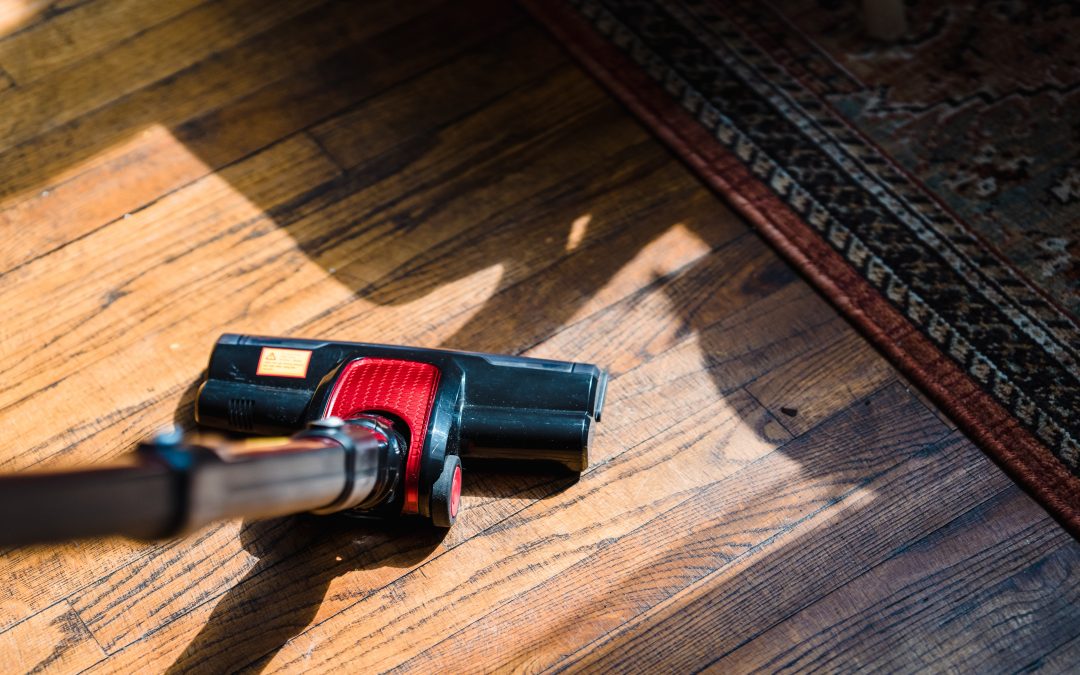
Aug 2, 2023
Preserving the splendour and lifespan of your wood floors is a big deal, flooring friends. And let us tell you, cleaning them the right way is key to nailing that goal. As wood flooring aficionados, we’ve got some juicy tips to spill on how to scrub those planks without falling into the common cleaning traps. Buckle up and get ready to conquer the battle of wood floor cleaning dos and don’ts!
Water and Wood – A Risky Combination:
We’ve all heard the phrase “water and wood don’t mix,” and when it comes to cleaning wood floors, it’s wise to abide by this rule. Unless specifically recommended by the wood flooring or finish manufacturer, avoid using steam cleaners. The high heat and moisture from steam can cause peeling, whitening, and cloudy finishes, resulting in long-term damage to your beautiful wood floors.
Vinegar and Water – Not the Best Duo:
Unless you love the occasional sticky floor, avoid vinegar and water! In the past, vinegar and water were often suggested for cleaning wood floors with a urethane finish. Times change, and so does solid (wood) advice! Vinegar is acidic, and excessive use can potentially damage the finish, leading to a dull appearance and the occasional tacky residue. Most manufacturers now recommend using cleaners specifically formulated for wood floor finishes and avoiding vinegar altogether. You can reach out to your wood manufacturer and find out what cleaning product they suggest.
Sweep Away the Debris:
Keeping the bits and bobs off your wood floor with a quick sweep is ALWAYS advised. A decent broom and regular sweep prevents crumbs from scratching or dulling the surface of your floors.
Quick Clean-Up for Spills:
If you spill it, kick it into overdrive and clean it quickly! Even the best of us are clumsy, and slip-ups can happen with a rouge glass of OJ. If you spill something on the floor, wipe it up quickly – using your manufacturer’s recommended cleaner! Top tip to help keep your wood floors healthy and unstained.
Still Unsure?
If you are new to owning a wood floor, cleaning it might be daunting. We get it! Especially if you are unsure about your wood flooring finish or where to find out what your manufacturer advises for cleaning. Our team of wood flooring experts is here to assist you. Feel free to stop by, and we’ll help you identify your wood floor finish, what will work best for your floors, and offer super secret tips and tricks for the best wood care around. Send us a DM on instagram, give us a call or visit the showroom in Scarborough, Ontario.
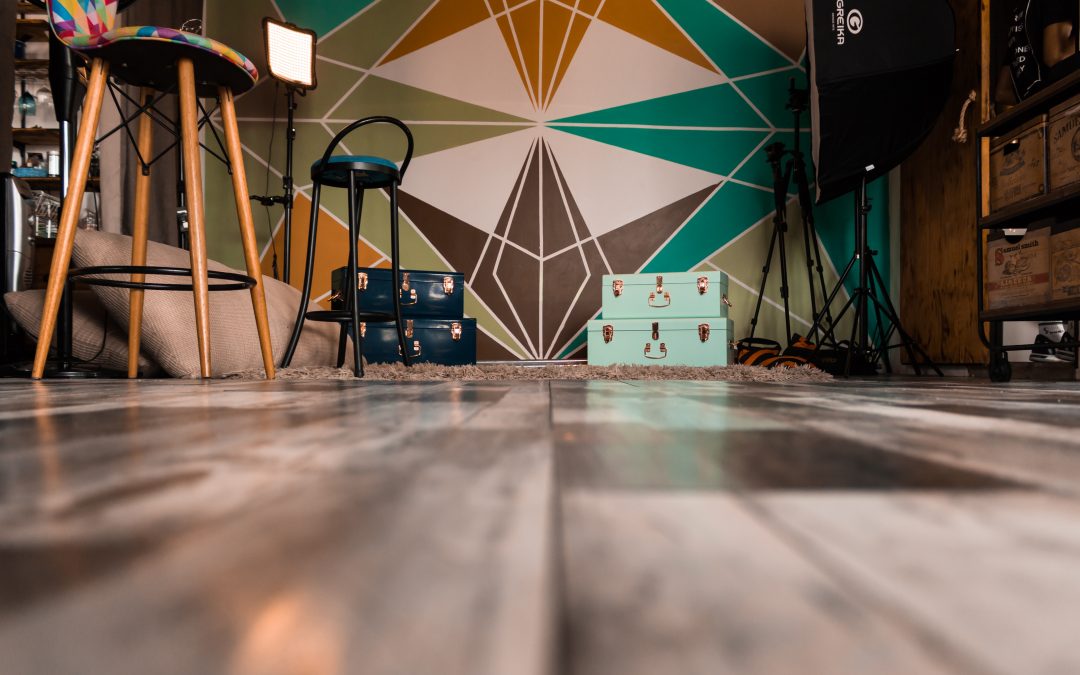
Jun 21, 2023
When it comes to flooring options, engineered wood flooring is a true game-changer. With its unique construction and a touch of innovation, this flooring solution offers the perfect blend of function and style. But what is it, and why should you consider it for your next flooring project? Let’s dive into the secrets of engineered wood flooring and discover why it’s become a favourite among homeowners.
Engineered hardwood flooring is designed with layers that combine the best of both worlds. At a minimum, the top layer is made of 100% real hardwood, providing that authentic and luxurious look and feel. However, it’s the core that sets engineered wood flooring apart. It can be made of layers of hardwood or softwood, usually crisscrossed and bonded together, or of a wood composite like HDF. The core enhances the stability and strength of the flooring. A pick and mix of materials that are ‘engineered’ to work together, and be more stable than their real wood counterparts.
Thanks to its construction, engineered hardwood is much more stable than solid hardwood. It’s less likely to shift or expand when exposed to changes in temperature and humidity. This makes it a great choice for areas where traditional hardwood may not be suitable, like basements, condominiums, or rooms with concrete subfloors. It also makes it the choice for wide or ultra-wide boards. For example, if the swell rate for a 6″ board of Red Oak is just 2%, the seasonal expansion could result in a swell or shrink rate of 1/8″. In a room 15 feet wide, that could be over 3 inches of movement. The layered structure of engineered wood can come close to eliminating expansion and contraction and also minimizes the risk of warping or moisture damage, ensuring a long-lasting flooring solution.
One common misconception is that engineered hardwood is cheaper than the same floor made of solid hardwood. In reality, the cost of manufacturing is much higher for engineered hardwood. Instead of just being milled into shape, the top layers need to be made in lamellas, and then the core needs to be milled into its various components, and then all of these layers need to be glued together using expensive, high-quality adhesive and sophisticated state-of-the art presses. In theory, though, as the cost of hardwoods increases in relation to softwoods or lower grades of hardwood, the overall cost of engineered flooring can come down to the same or even lower than the cost of solid flooring.
Some engineered hardwood can also last just as long as solid hardwood. With some manufacturers boasting as much as a 6mm wear layer, engineered hardwood can be refinished as many times as solid hardwood. Of course, to cut costs, some engineered flooring can have a very thin top layer, making refinishing impossible.
As with any product, doing your research and buying from a reputable, top-quality manufacturer is important. This is especially important for engineered hardwood. The top layer, the grade, and the structural warranty are all vital. Since engineered hardwood is made up of multiple components, its structural warranty and the company that stands behind that warranty are super important.
So, whether you’re looking to sprinkle warmth and elegance in your living room or want to rock a dependable and eye-catching basement floor, engineered wood flooring could be the answer to your dreams. Its construction, combining layers of hardwood, softwood, or composites, ensures stability, durability, and resistance to moisture. With a wide range of finishes and styles available, you can find the perfect engineered wood flooring to suit your taste and create a stunning focal point in any room.
Embrace the secrets of engineered wood flooring and transform your space into a masterpiece of durability and style. Discover the endless possibilities and make a statement with this versatile flooring solution that will stand the test of time.

Jun 9, 2023
The infamous difficult-to-please customers we’ve all encountered at some point: Karens. They will pop up in every industry, not even the flooring industry is safe. While their complaints may be frustrating, there are strategies to provide excellent customer service and resolve any situation.
The first tip is to listen attentively to their concerns, even if it requires gritting your teeth and smiling through the conversation. Showing empathy for their troubles is equally important, as we’ve all faced our fair share of challenges. Whether it’s indecisiveness or difficulties matching existing flooring, approaching any customer complaint with understanding and patience can turn a negative experience into a positive one.
Read more on how to deal with the challenges of handling negative energy in the wood flooring industry: https://www.woodfloorbusiness.com/blogs/article/15448116/sponsored-how-to-deal-with-karens-the-complainers
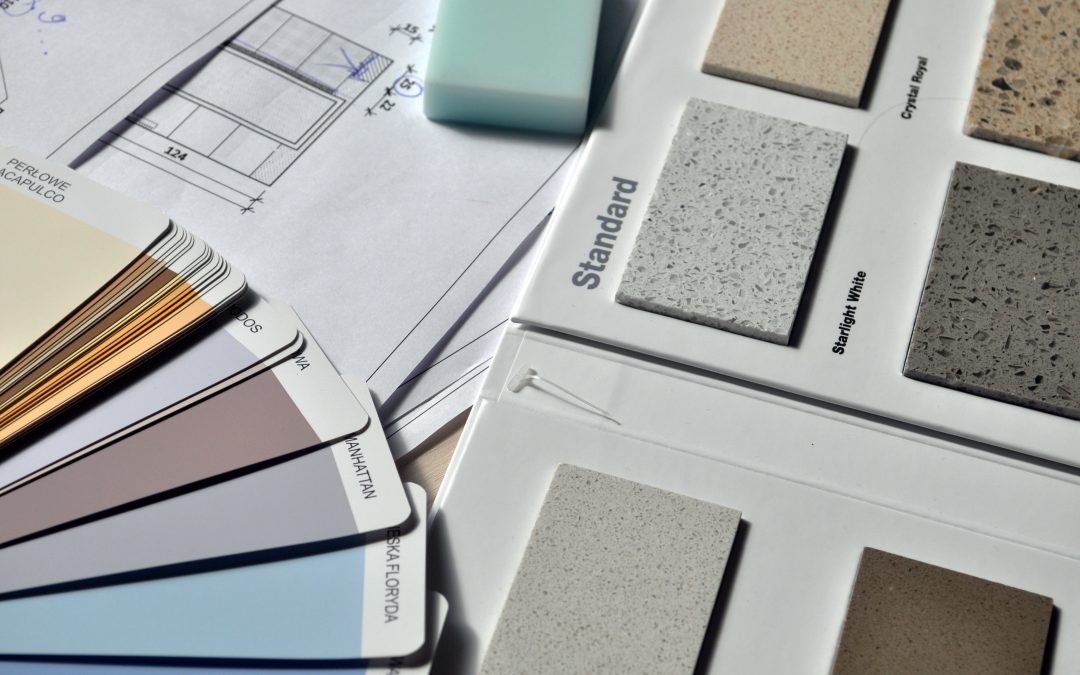
May 15, 2023
I’m here to take you on a journey through time and space to rediscover the earth beneath our feet.
Back in the day, everyone walked on dirt floors. I mean, talk about a cleaning nightmare, am I right? But don’t worry, we’ve come a long way since then. Or have we? That’s debatable, but let’s not get sidetracked.
Let’s start with the Egyptians, who were ahead of the game with their cozy woven mats way back in 3,000 B.C.E. And then they took things up a notch with their clay tiles and brick floors. Keeping your feet in the Pharaoh-zone, huh? Those same clay tiles were found during the Middle Ages and are still in use today in some parts of the world.
But then the Greeks came along and started using marble and other stones to create beautiful designs and patterns. And just when you thought it couldn’t get any fancier, the Romans blew everyone away with their mosaics made of small stones and tiles. They also used concrete to create durable floors that were easy to maintain. I mean, say what you want about the Italians, but they love their ‘cheramic’ – at least their floors lasted.
Ah, the Middle Ages. When the rich walked on floors made of mahogany and walnut, and the poor walked on dirt. It’s a good thing they didn’t have social media back then, or we’d be seeing a lot of #peasantenvy on our timelines!
But then, thanks to the Industrial Revolution, wood flooring became mass-produced and more widely available. No longer just for the rich and famous! These new wood floors were hot waxed and buffed to a shiny finish with horse hair floor brushes, as they weren’t the most durable.
The flooring innovations didn’t stop there. In 1863, linoleum was invented, providing an affordable and durable alternative to wood and stone flooring. And then, around the 1930s, vinyl flooring was introduced and quickly became popular for its durability and low cost. It’s like the flooring industry was trying to one-up each other in the race for the most unpronounceable name. But hey, at least we know what to call them now. Who knew that something originally used to insulate wires during World War II could end up on our floors? I guess it just goes to show that the flooring industry is really wired for success!”
In the 1960s, carpet was all the rage, especially in homes and offices. The tufting industry blossomed into a $133 million per year business, with carpet accounting for $19 million. I can only imagine how much fun door-to-door vacuum salesmen were having.
In the early 70s, Woodchuck Flooring Inc got its start with our founder, George Nassis. George set the stage for exceptional quality and service in the commercial, residential, and institutional sectors. It was the beginning of Woody the Woodchuck and a 50+ year old, multi-generational family business.You have to hand it to Woodchuck Flooring, we’ve managed to take a material that’s been around for centuries and make it into a thriving family business. We really nailed it!
Back to our wood history. In the 80s, laminate flooring was introduced under the brand name of Pergo, providing a cost-effective alternative to hardwood flooring. And by the late 90s, laminate flooring found a following in the United States, being used not only on floors but on countertops and walls too. The options seemed endless. Who would have thought that floors could be so versatile? Laminate floors can now be used on walls and countertops too! It’s like the Swiss Army Knife of flooring. Next thing you know, we’ll have floors that can make your morning coffee.
Nowadays, there are so many flooring options to choose from, including traditional hardwood and stone, vinyl, and laminate. Homeowners can pick from a range of colors, patterns, and textures to suit their style and budget. We’ve come a long way from dirt floors!
But the story doesn’t end here. With new technologies and trends emerging all the time, who knows what kind of flooring we’ll be walking on in the future? One thing’s for sure, we’ll never tire of making flooring jokes. They always really “floor” us!
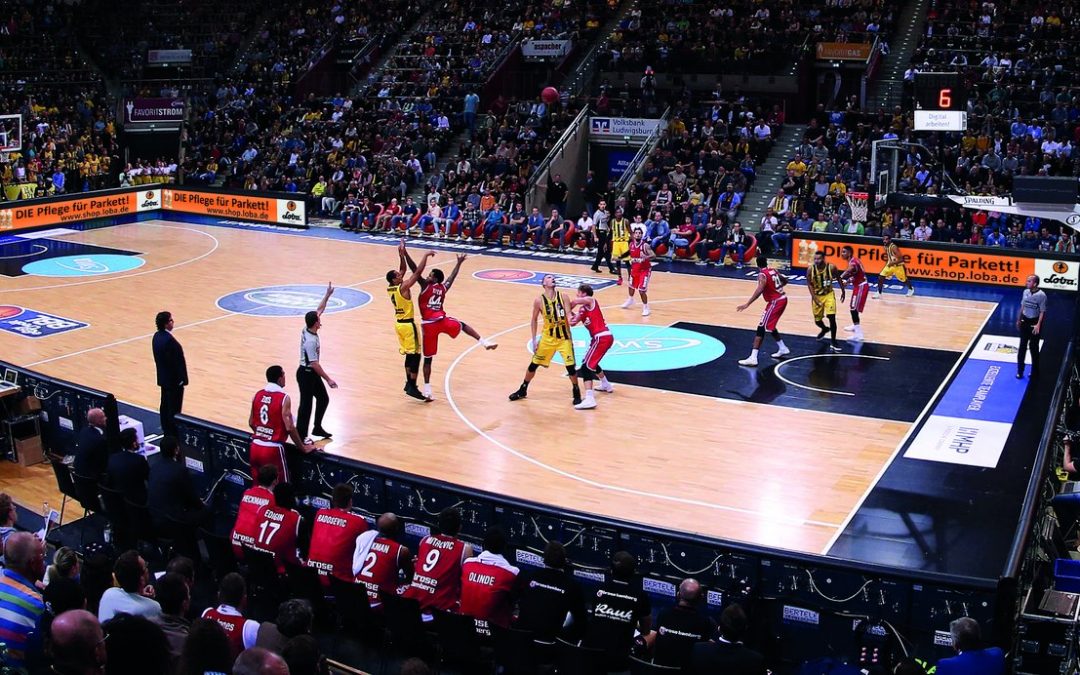
Mar 15, 2023
Wood floors have been an integral part of basketball history. The sport has been played on wooden surfaces for over a century. Prior to wood floors, the sport was played on surfaces such as concrete, dirt, and even grass.
Since those days the sport has evolved, and the need for a more suitable playing surface became apparent in the 1920s. Hardwood floors used in indoor basketball courts provide a more durable and consistent surface for players.
One of the most significant advancements in the use of wood floors in basketball came in the 1940s with the introduction of the “floating” hardwood floor. This type of floor is built on a system of sleepers and anchors that allow it to “float” above the building’s subfloor, providing a more uniform surface that is less likely to warp or buckle. In the 1950s, the use of maple wood became the standard for basketball courts due to its strength, durability, and ability to resist splintering.
In the following decades, the shiny gym floor look that we associate with modern basketball courts became more prevalent. The shiny appearance of the wood is achieved through a process of sanding and finishing the floor. Common finishes used today are the LOBA 2K Supra A.T. finish. This finish is perfect for high-traffic floors such gymnasiums. The finished product has optimized protection against scratches and increased slip resistance.
The history of wood floors in basketball is a rich one, with hardwood surfaces becoming a defining feature of the game. The development of floating floors, the use of maple wood, and the process of sanding and finishing have all played a crucial role in creating the shiny gym floor look that we recognize, and love today.
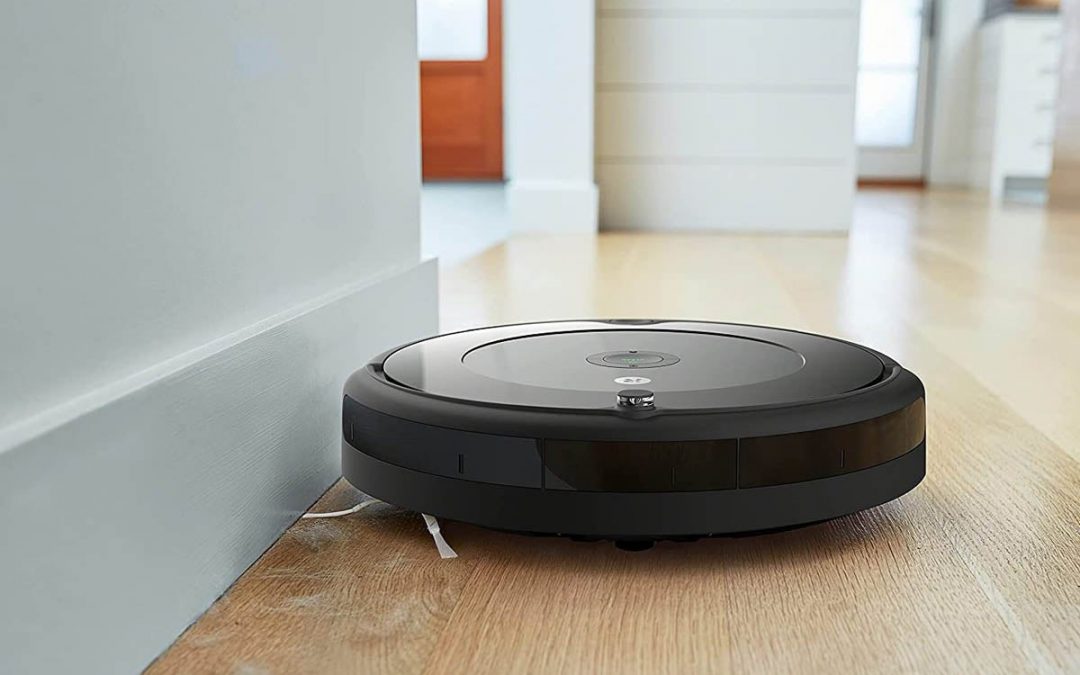
Feb 15, 2023
Are you tired of sweeping and vacuuming every weekend? There’s a robot for that! Robot vacuums are a convenient and efficient way to keep your hardwood floors clean. They are designed to navigate around your home, automatically cleaning as they go. This might be a no brainer, but make sure you are using a vacuum with suction only and not a robot that has a mop, or uses water or detergent.
Here are a few tips for using a robot vacuum on hardwood floors:
- Make sure your robot vacuum is compatible with hardwood floors. Some models are better suited for carpets, while others are specifically designed for hard surfaces.
- Keep an eye on the brush roll. The brush roll is an important component of a robot vacuum, as it helps to agitate dirt and debris from the floor. Make sure it is clean and free of tangles, as a dirty or clogged brush roll can impede performance, and lead to scratches on your hardwood floors.
- Adjust the suction power as needed. Hardwood floors do not require as much suction as carpets, so you may want to reduce the suction power on your robot vacuum to prevent scratching or damage to the floor.
- Use virtual boundaries. Many robot vacuums come with virtual boundary technology, which allows you to create invisible lines around areas you don’t want the robot to enter, such as your baby’s room or your pet’s bed. This will help you to protect your furniture, and floors from accidental damage.
- Schedule your cleaning. Most robot vacuums come with scheduling features that allow you to set a specific cleaning time for your hardwood floors. This is a great way to ensure that your floors are always clean, without having to worry about remembering to run the vacuum.
Overall, a robot vacuum can be a great tool for keeping your hardwood floors clean. With a little bit of care and attention, you can ensure that your floors are always looking their best and give yourself back your well-deserved weekends.





